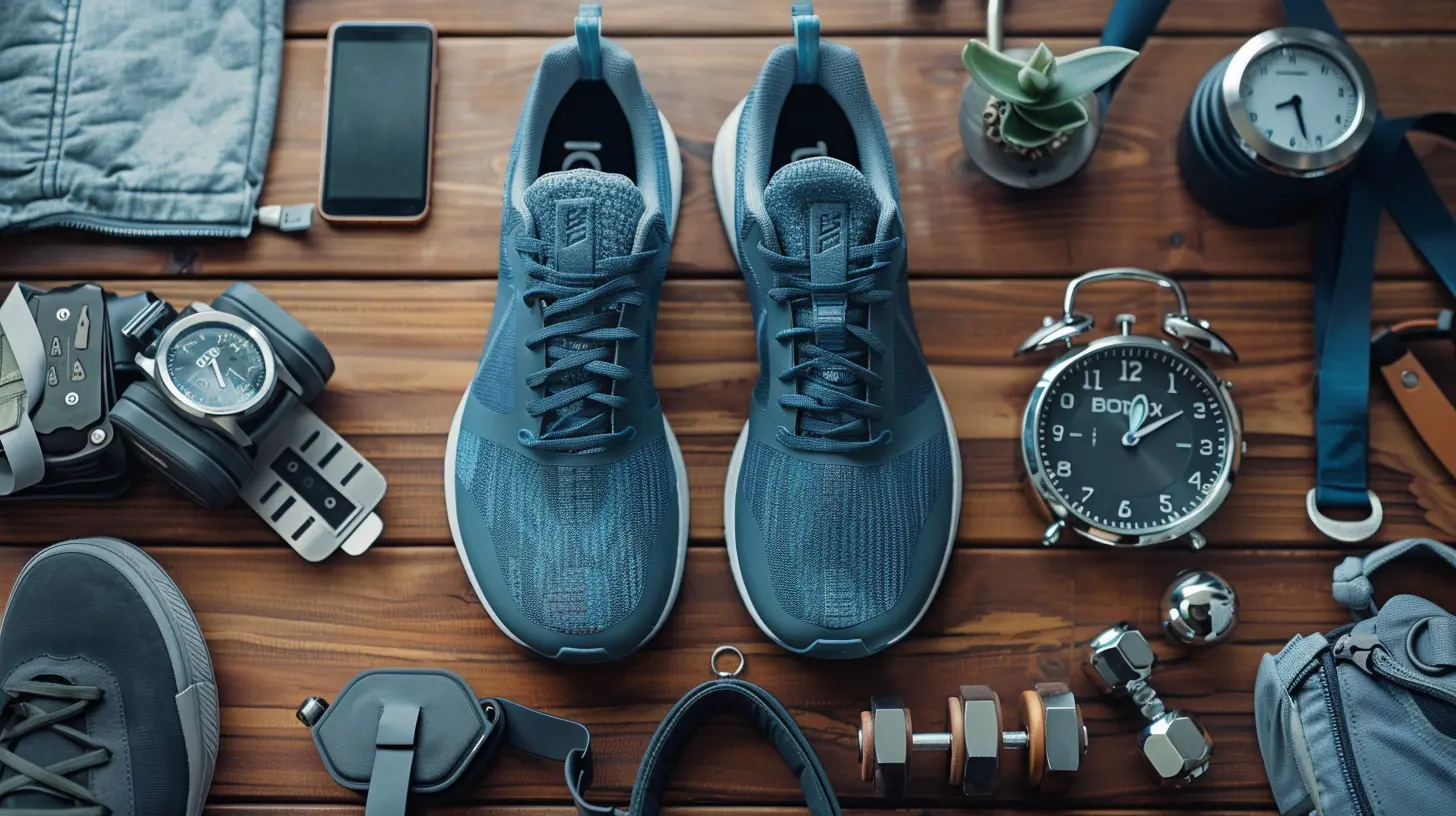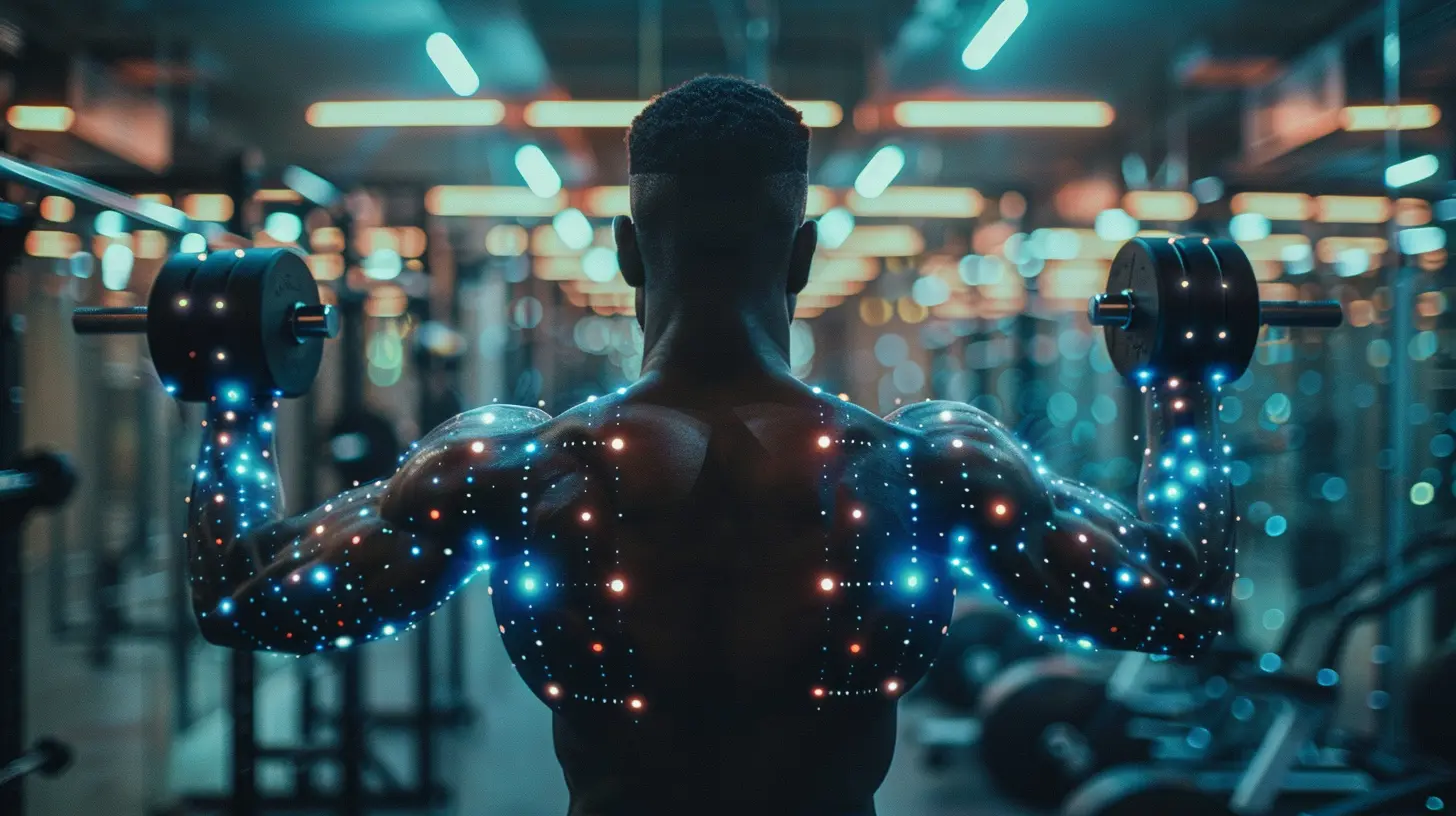Can Smart Clothing Really Replace Your Gym Equipment?
1 November 2025
We live in an era where machines whisper to each other, watches nudge us to breathe, and our refrigerators know our shopping habits. As technology seeps into every fiber of our daily routine—sometimes, quite literally—it’s only fair to ask: Can smart clothing really replace your gym equipment?
The short answer? It depends.
But you came for more than a yes-or-no answer. So let’s lace up and jog through this evolving lane of wearable tech, fitness fashion, and digital gains. This isn’t just about what clothes can do—it’s about how they’re stretching the boundaries of what's possible.
Sweat, Circuits, and Seamless Wear: What Is Smart Clothing?
Let’s start from the fibers.Smart clothing (also called e-textiles or intelligent apparel) is apparel embedded with technology. We’re talking sensors, conductive threads, and Bluetooth capabilities, all woven directly into what you wear. Imagine your leggings tracking your lunges, or your tank top analyzing your posture in real-time.
It’s fashion meets function in the most literal sense.
These garments are built to monitor biometric data, including heart rate, muscle activity, respiration, and even body temperature. Some advanced models even offer haptic feedback—yes, your shirt can vibrate to correct your squat form.
Sounds futuristic, right? But it’s already here.
The Rise of a New Workout Companion
People used to look for a buddy to spot them at the gym. Now, they've got shirts doing the spotting.Brands like Athos, Hexoskin, Nadi X, and Sensoria are leading the smart clothing movement. These aren’t some sci-fi prototypes either—they’re commercial, wearable, and functional. From smart yoga pants that guide you through poses to shirts that monitor muscle fatigue, these clothes are turning workouts into smart experiences.
Think of it as upgrading your dumbbells to a digital experience. Instead of just adding weight, you're adding insight.
The Home Gym Renaissance
Let’s not forget the age we’re in—where home gyms have bloomed like wildflowers in spring. With the rise of remote work, people want convenience. Smart mirrors, on-demand classes, and compact gym gear are filling the void left by fitness studios.In this ecosystem, smart clothing stands tall as a powerful player.
Why? Because it removes the guesswork. You don't just “feel the burn”—your shirt confirms if your glutes are firing or if you’re compensating with your back. It’s like having a personal trainer sewn into your activewear.
A Shirt That Spots? Pants That Coach?
Now, here’s where it gets juicy. Can smart clothing really replace gym equipment?Let’s chew on that.
1. Measuring Strength Without the Iron
You lift a dumbbell to measure resistance, build strength, and feel progress.But Athos smart shorts and tops can track which muscles are firing, how intensely, and for how long. That data shows how hard your body is working—even if you’re using bodyweight exercises. It’s like replacing the scale with a performance dashboard.
Still, smart clothing can’t create resistance. It can tell you how you're moving, but it won’t add weight to your squats.
2. Real-Time Feedback and Form Correction
Ever wonder if your plank is as perfect as you hope? Smart clothing knows.Take Nadi X yoga pants for instance. They offer real-time feedback through gentle vibrations, guiding you into proper alignment. It’s like having a yoga teacher gently adjust your hips—without the awkward studio spotlight.
That level of intimacy and immediacy? Traditional gym equipment can’t compete.
3. Tracking Over Time
Smart clothing turns your wardrobe into a long-term accountability partner. You get data—actual numbers—on your progress, fatigue levels, and recovery rates.Compare that with lifting weights or using resistance bands. Sure, you know you're getting stronger, but you can't see the internal shifts unless something breaks (or hurts).
Smart garments quietly collect those insights as you move through your reps. You're building a story of strength, not just a sweaty T-shirt.
What's Still Missing?
Now, don’t go tossing your kettlebells just yet.There are things smart clothing can’t do. At least, not yet.
Resistance and Weight Load
Clothes can only guide, monitor, and feedback. If you're looking to put on mass, grow muscle, or increase strength via progressive overload, you still need traditional resistance. Dumbbells, barbells, resistance bands—they aren't going anywhere.Smart clothing may track your effort, but they can’t replace mechanical resistance… unless they invent pants that increase gravitational pull. (Which would be awesome and terrifying.)
Cost and Comfort
Another reality check: smart clothing isn’t cheap.Most garments range between $200-$500. And, let’s be honest—early tech often sacrifices comfort. Not all smart clothes feel like silky Lululemons. Some might itch, restrict, or feel bulky at the sensors.
Until they become seamless and affordable, traditional gym gear still wins in the accessibility arena.
The Real Power of Smart Clothing: Integration
Here’s a pivot: maybe smart clothing isn’t about replacing, but about enhancing. Imagine combining your smart shirt with your dumbbell set. Now your weights come with feedback, form correction, and performance insights.It’s a partnership, not a competition.
The real transformation happens when smart clothing is used alongside gym equipment. Instead of guessing your tempo, rest time, or rep quality, your clothes feed that data to your phone—or your smart mirror. That’s not just working out. That’s training with precision.
And that’s where the magic happens.
The Fitness Future: Where We’re Headed
Let’s peek into the future.Picture this: You roll out of bed, throw on your smart gear, fire up a guided workout on your phone, and get real-time suggestions to improve every stretch and rep. No gym. No commute. No guesswork. Just intentional, optimized, personalized fitness.
Better yet, your clothes sync with your smart fridge, noting your caloric burn and suggesting meals to match recovery. Maybe even adjusting your standing desk height based on muscular fatigue.
Sounds wild, right? But we’re not far off.
Tech is shrinking. AI is learning. And wearable gear is only getting smarter. We’re striding towards a world where the gym isn’t a place you go—it’s something you wear.
So… Can Smart Clothing Really Replace Your Gym Equipment?
Let’s circle back.They can mimic some of the functionality, like feedback, data analytics, and form correction. In some ways, they’re better than gym equipment because of the insight they provide.
But they can’t take the full load—literally. You’ll still need equipment for resistance, building strength, and sculpting power.
The real win? Combining both.
Smart clothing enhances your workouts with biofeedback while gym equipment builds your physical foundation. Together, they form a power duo—like Batman and his gadgets… or peanut butter and protein shakes.
Closing Thoughts: Stitching the Future of Fitness
Smart clothing isn’t just a trend—it’s a new language being woven into the fabric of fitness. It’s giving voice to muscles that couldn’t talk, insight into movements we couldn’t see, and guidance when the mirror just isn’t enough.Will it replace everything at the gym? No.
But will it change how we train, understand, and connect with our bodies? Absolutely.
One day soon, your clothes may know more about your workout than your trainer. And maybe, just maybe, that’s the future we’ve all been sweating toward.
all images in this post were generated using AI tools
Category:
Wearable TechAuthor:

John Peterson
Discussion
rate this article
1 comments
Marcus McCartney
While smart clothing offers innovative convenience and data tracking, it lacks the physical resistance and varied engagement of traditional gym equipment, making replacement unlikely for serious athletes.
November 4, 2025 at 3:35 AM

John Peterson
You're right; smart clothing excels in data tracking but can't replicate the physical resistance and engagement provided by traditional gym equipment, especially for dedicated athletes.


